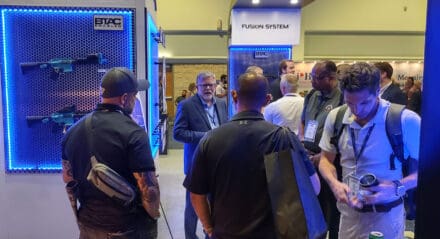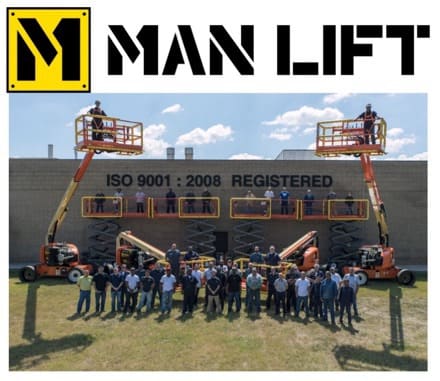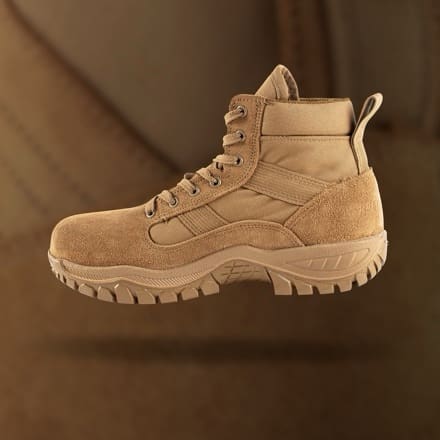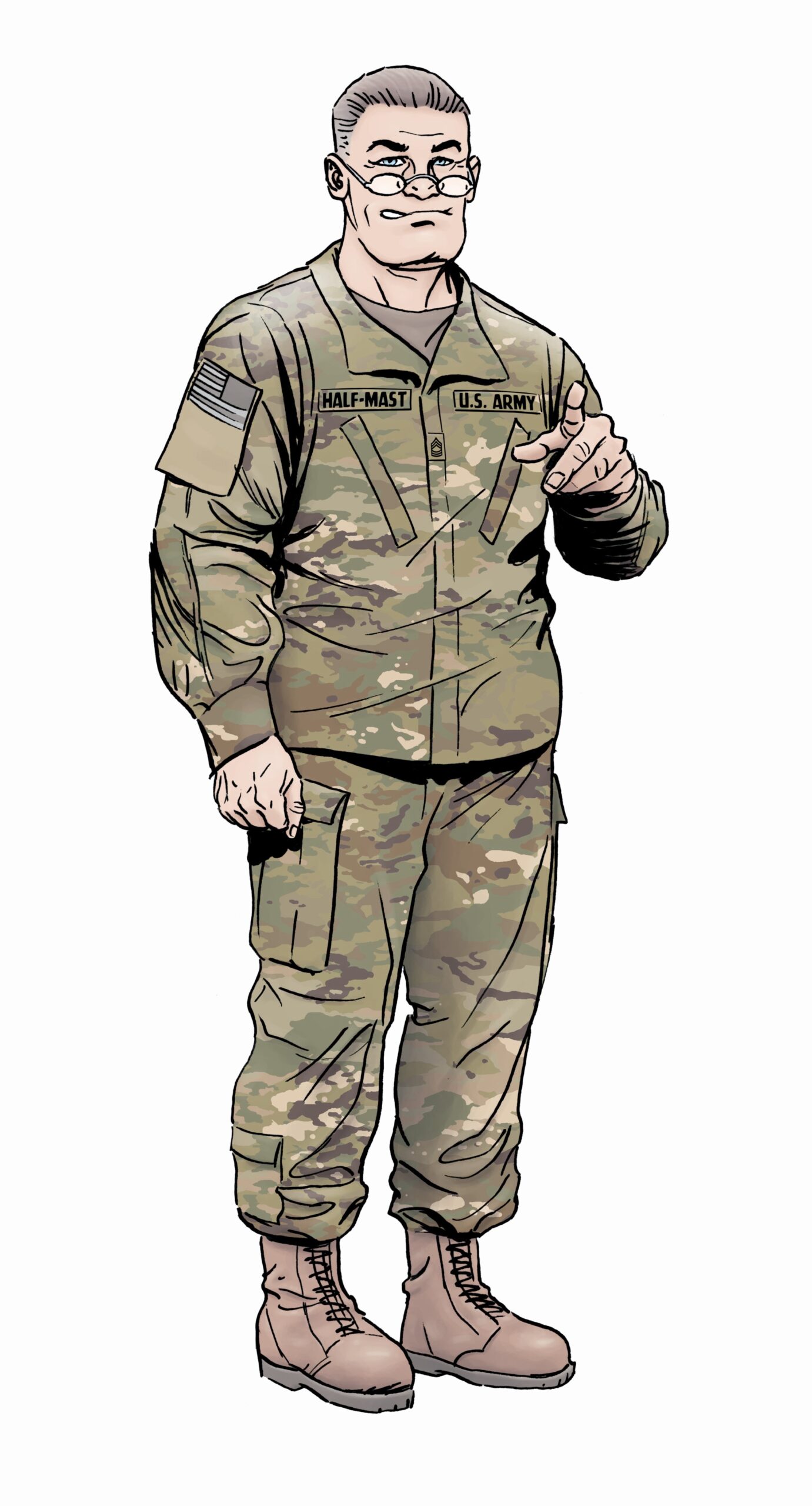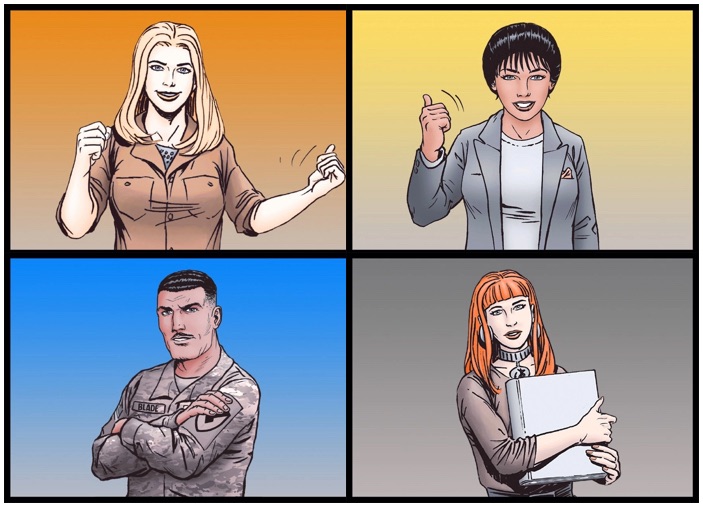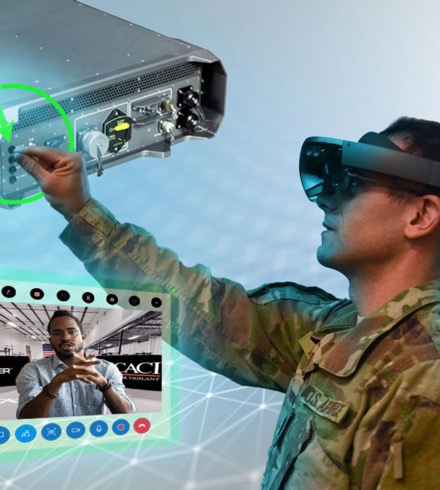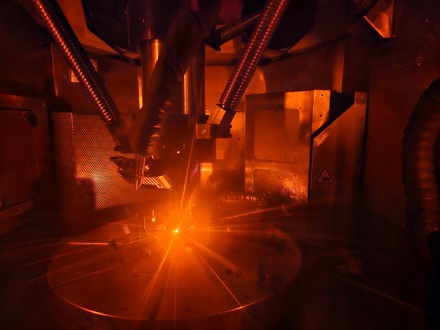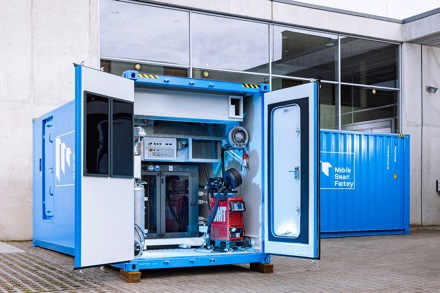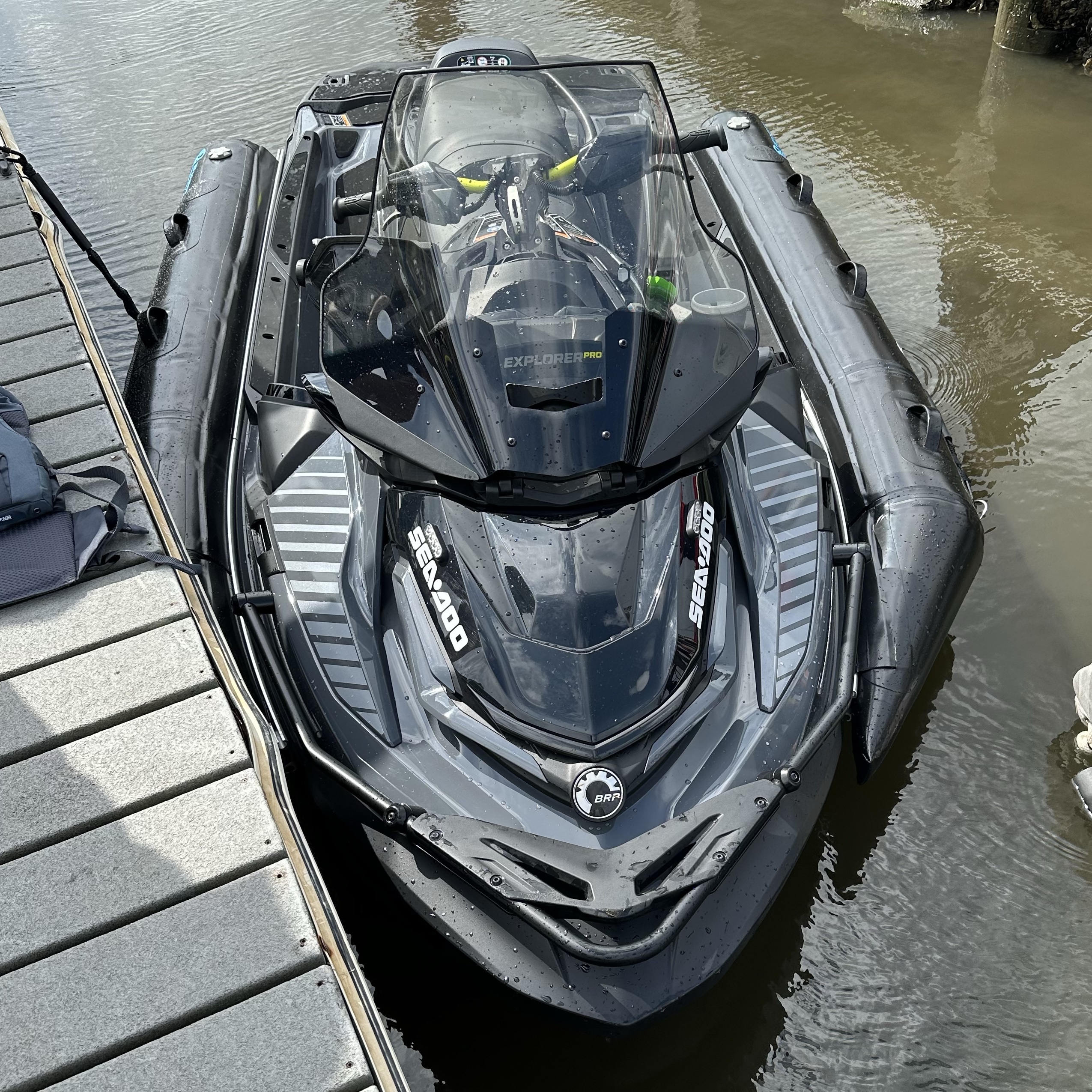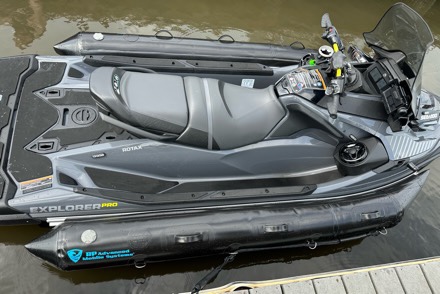Rheinmetall is pressing ahead with its F-35A programme. The technology group has commissioned AERO-Bildungs GmbH to provide technical training for the production mechanics for the centre fuselage section of the F-35A in Weeze.
AERO-Bildungs GmbH is a partner specialised in the field of technical training within the aviation sector. The mid-sized family business located in Oberpfaffenhofen in Bavaria will assist with planning of the training and the implementation of basic technical training. This shall enhance the knowledge and skills initially learnt at Northrop Grumman in the USA not only to be applied in Weeze, but also to be passed on to other employees in the same quality, thus enabling a transfer of knowledge. In cooperation with experienced Rheinmetall trainers, a dedicated training and competence center is being set up in Weeze to ensure sustainable knowledge building and ongoing employee qualification.
The commissioning of AERO-Bildungs GmbH as of April 2024 is the first step towards further integrating German companies into the F-35A delivery and supply chain for the Weeze site. It underlines the Duesseldorf-based technology group’s commitment to increasing German added value within the programme.
Rheinmetall has been commissioned by Northrop Grumman to produce at least 400 centre fuselage sections for the F-35A fighter aircraft in 2023. Extensive infrastructure measures are currently underway in Weeze, North Rhine-Westphalia, near the Dutch border. The aim is to complete the production facility in spring 2025 and then start production in summer 2025.
About Rheinmetall Aviation Services:
Rheinmetall Aviation Services GmbH (RAS), based in Bremen, was founded at the beginning of 2019 for strategic cooperation with Sikorsky in the Heavy Transport Helicopter (STH) procurement project. RAS has been working in close cooperation with the German Air Force at three different airfields since 2021/2022. RAS is seamlessly integrated into the German Air Force’s organisational structure and successfully takes over support, maintenance and repair of the CH-53G fleet.
Another important milestone was achieved in 2023 when RAS, in cooperation with Northrop Grumman and Lockheed Martin, entered into the production of centre fuselage sections for the F-35A. With an investment volume in the three-digit million euro range, Rheinmetall is currently building a state-of-the-art factory at the Weeze site in North Rhine-Westphalia for the production of at least 400 F-35A centre fuselage sections for the German Air Force and allied nations.
A new era in the air dimension will begin for Rheinmetall with the completion of the factory by the end of the first quarter of 2025 and the subsequent start of production and delivery of the first centre fuselage sections as of the first quarter of 2027.


